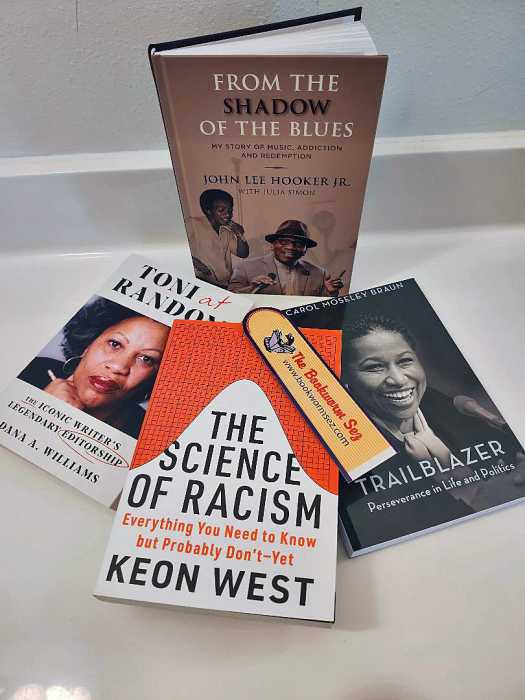Gray Kapernekas examines the feminist politics of originality and appropriation
Gray Kapernekas Gallery
526 W. 26th St., Suite 814
Tue.-Fri. noon-6 p.m.
Through Jul. 29
212-426-4150
It wasn’t in art school that I first heard the term “appropriation.” It was way before that, as a child watching TV commentators discuss the Vietnam War and the military industrial complex. Thinking it simply meant “purchase,” I went around saying things like, “Let’s appropriate some candy.” My teacher finally elicited an impassioned explanation of how I was using the term, then laughed before clarifying my understanding of the word. Stung by the correction, I conjured a vague new sense of the word involving injustice, theft and corruption, forged during a national epiphany about an unjust war
Rarely does the term take on a negative connotation in an art context. Rather, Marcel Duchamp comes to mind, whose appropriation, in the early 20th century, of the term “art” for common things like a snow shovel or urinal was fabulously liberating. Since dubbed the origin of conceptual art, the readymade is now a staple art medium. Sampling is the gesture of choice among artists. The notion of concept, even when one is lacking, is used as a standard marketing device.
“Appropriate Appropriation” at Gray Kapernekas is the perfect place to start reconsidering the politics of artists who choose appropriation to build critical visual texts. It is an elegant exhibition of the works of three women described by the gallery’s Web site as a tribute to Elaine Sturtevant and Sherrie Levine’s early 1980s landmark artworks, “which opened critical dialogue on male authorship.”
Gretchen Bender (1951-2004) has a deceivingly spare juxtaposition of four untitled tin sheets from her 1982 exhibit “The Pleasure is Back.” Like Sturtevant, Bender lifted from male contemporaries, culling from high art and advertising, ultimately mediating the work into a feedback loop of appropriation. Positioning the images into a cruxiform, Bender points to the omission of women in the artistic canon.
“Double Silver Deb” (2000) is pulled from Deborah Kass’ extensive project, begun in 1990, appropriating Andy Warhol’s subjects. Unlike recent works by the young British artist Gavin Turk, whose similar appropriations read as art-star branding, Kass brings a critical edge to the adoration of Warhol and the hipness he still represents. What if Andy, or in this case Liz Taylor, were a middle-age, Jewish lesbian? “My Andy,” a mid-career retrospective of Kass’ work, toured the nation in 1999 and it’s high time it had a New York venue.
The most recent work is by Mary Ellen Strom, who stages René Magritte’s anti-war painting “Bather Between Light and Darkness,” (1935) as “Hope Clark, Nude Number 4” (2005), a projected video. Strom reiterates Magritte’s war protest while rectifying the original painting’s objective dismissal of women, naming the “bather” as a real woman in real time. Strom concurs with Kass’ longstanding indictment of the canon of male painters and updates Bender’s jabs at contemporaries. However, Strom achieves the latter through medium and style, unraveling the recent high-tech histrionics of Gregory Crewdson and Bill Viola.
Unlike the typically rambling group exhibitions of summer, “Appropriate Appropriation” is a precise curatorial statement, successfully arguing for an ongoing presence of critical visual texts. It furthers a dialogue addressing issues of ownership and originality by suggesting, ironically, that appropriate appropriation is linked to an authentic voice —specifically, a feminist one.
gaycitynews.com



































